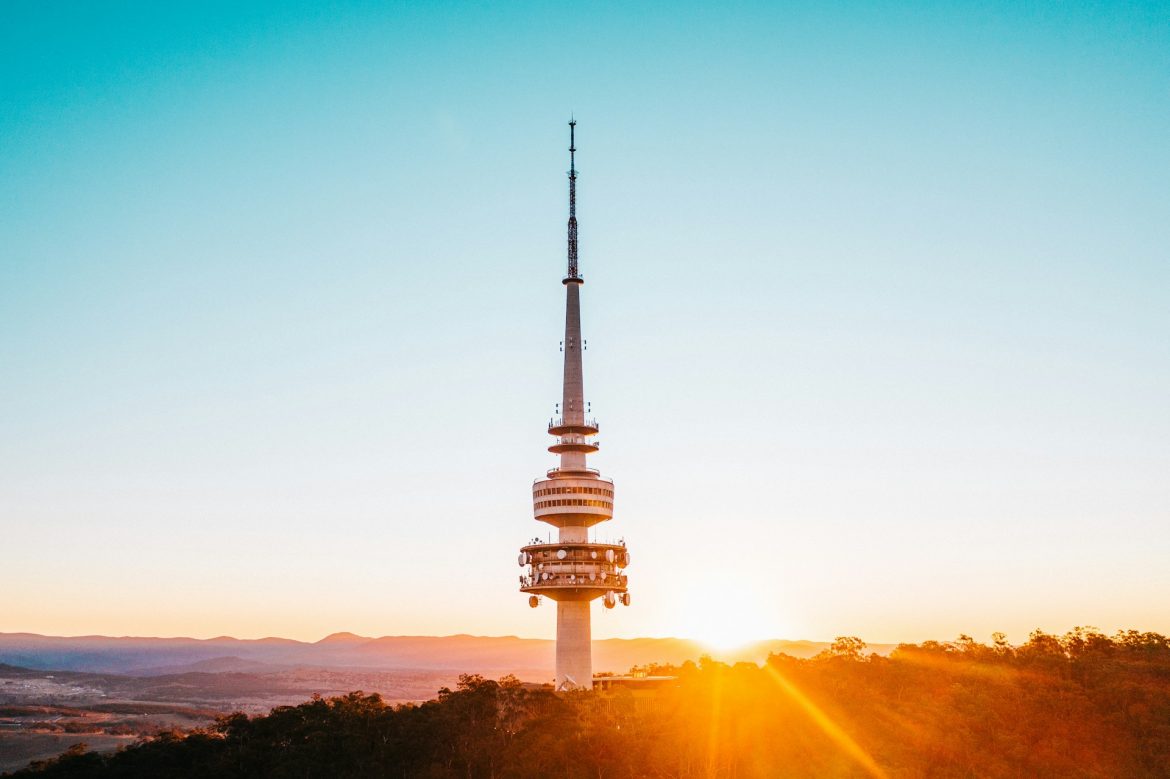According to mobile network providers, by the end of 2025, almost the entire population is expected to be covered by 5G. The successor, 6G, remains a future goal.
Five years after the launch of the first German 5G mobile network, telecom companies are aiming for near-complete household coverage. “By the end of 2025, we aim to cover the entire population with 5G,” said Mallik Rao, the Chief Technology Officer of O2 Telefónica, in Munich. However, reaching 100% coverage is unlikely, as O2, like other network operators, faces challenges in finding suitable locations for their antennas. Deutsche Telekom aims for 99% coverage by the end of 2025, while Vodafone targets 95% by March 2025.
Vodafone launched its initially small 5G network for end customers on July 17, 2019. Later, Deutsche Telekom and O2 Telefónica followed with network openings for consumers. After an early start, Vodafone fell behind as competitors advanced: Deutsche Telekom claims to cover more than 96% of German households with its antennas, while O2 reports 96% coverage. Vodafone reaches over 92%.
These percentage figures refer to buildings, as mandated by the Federal Network Agency. However, what matters more to consumers is the coverage area, as they want network access not just in buildings but everywhere they go.
Telekom Leads in 5G Coverage Area
According to data published by the Federal Network Agency as of April 2024, Deutsche Telekom is significantly ahead in area coverage: The Bonn-based company achieves 81.1% area coverage with 5G, Vodafone reaches 69%, and O2 Telefónica covers 66.5%.
O2 is the only one of the three operators that has completely transitioned its network to “5G Standalone,” entirely eliminating the use of 4G predecessor technology. While this is a technical advantage, most smartphone users are unlikely to notice this added benefit in their daily use.
Speed Advantages of 5G
5G offers faster data transmission. Vodafone states its maximum download speed for the predecessor technology 4G (also known as LTE) for private customers at 300 megabits per second, compared to 1000 megabits with 5G. Another important aspect is that 5G provides relatively reliable bandwidth, even when many people are in a single cell. In contrast, 4G bandwidth significantly decreases under heavy usage.
Looking Ahead to 6G
A new wireless standard emerges approximately every ten years, with 6G expected around 2029 or 2030. Transmission and latency (response time) are anticipated to improve further. 5G will continue to coexist for a long time, according to Vodafone manager de Groot.
From today’s perspective, everyday advantages for consumers seem hard to imagine – but with increasing data demands from virtual reality applications and other internet services, 6G could also benefit them. Ultimately, this is still a future prospect. Significant potential for 6G is seen in fields like medicine, for example, in remotely controlled surgeries.
